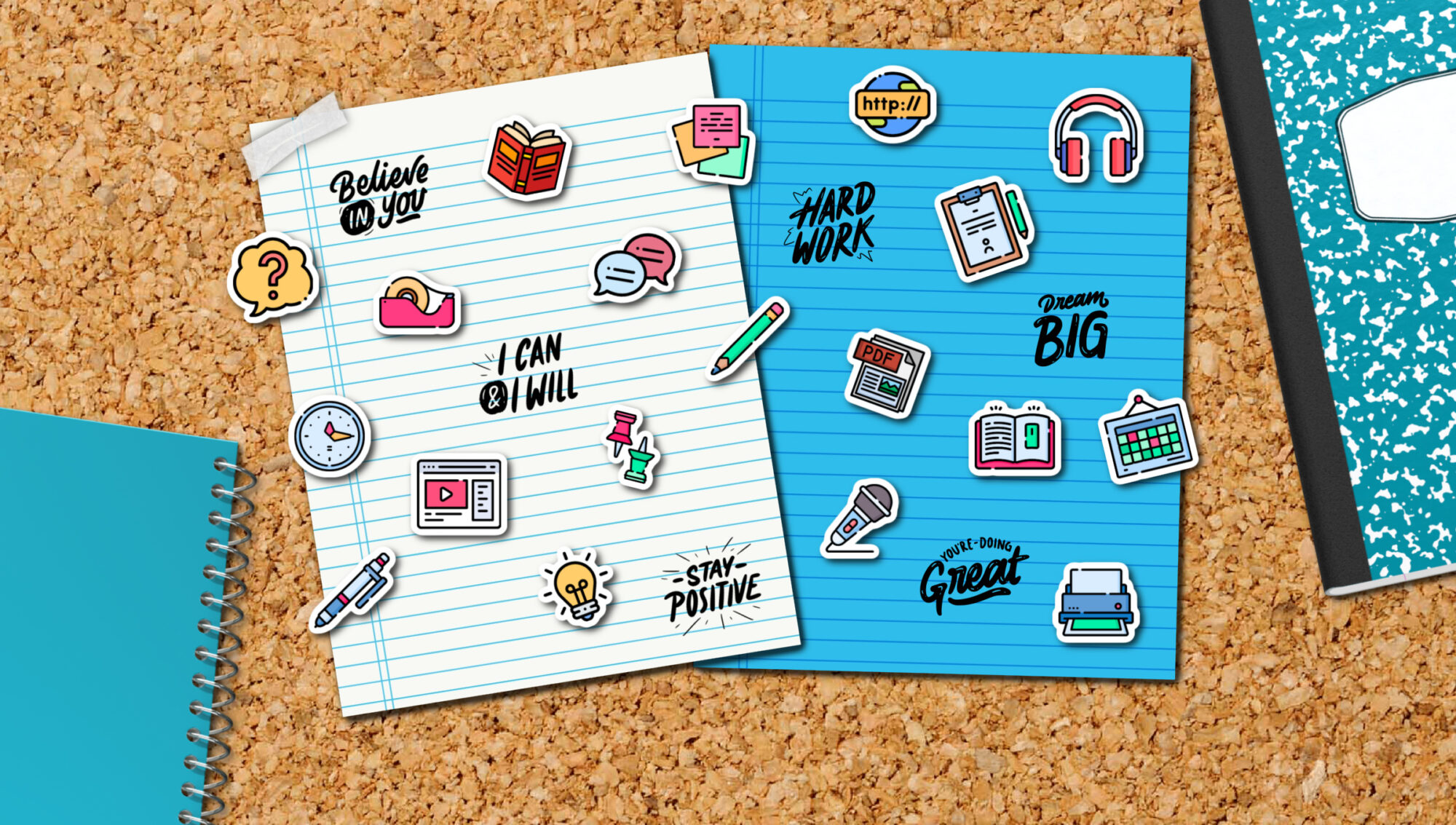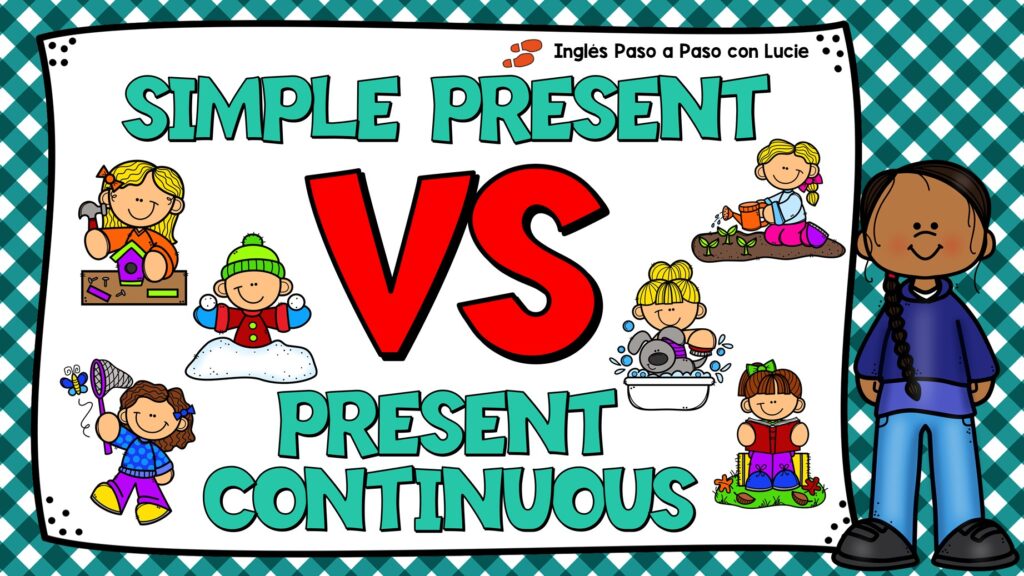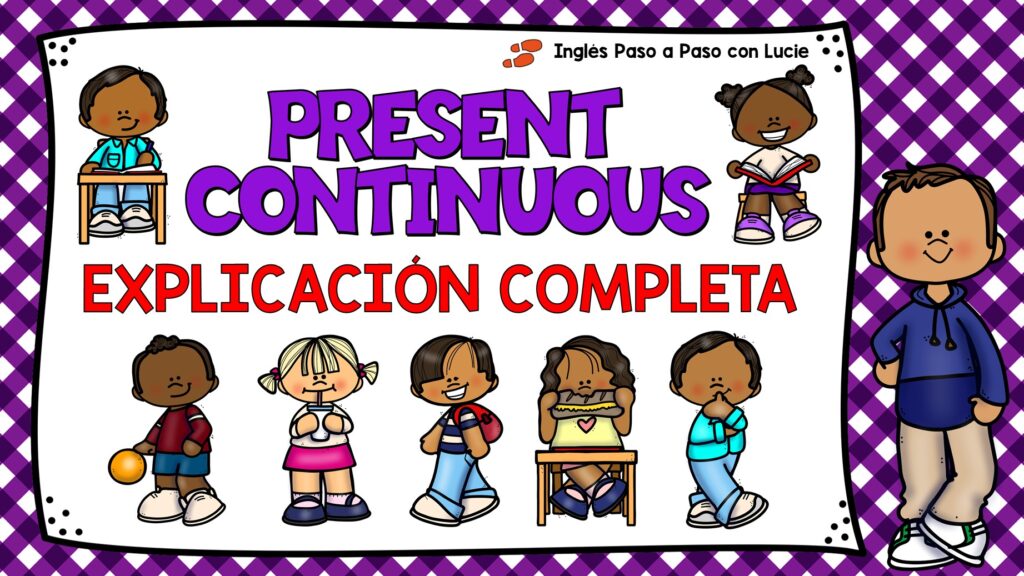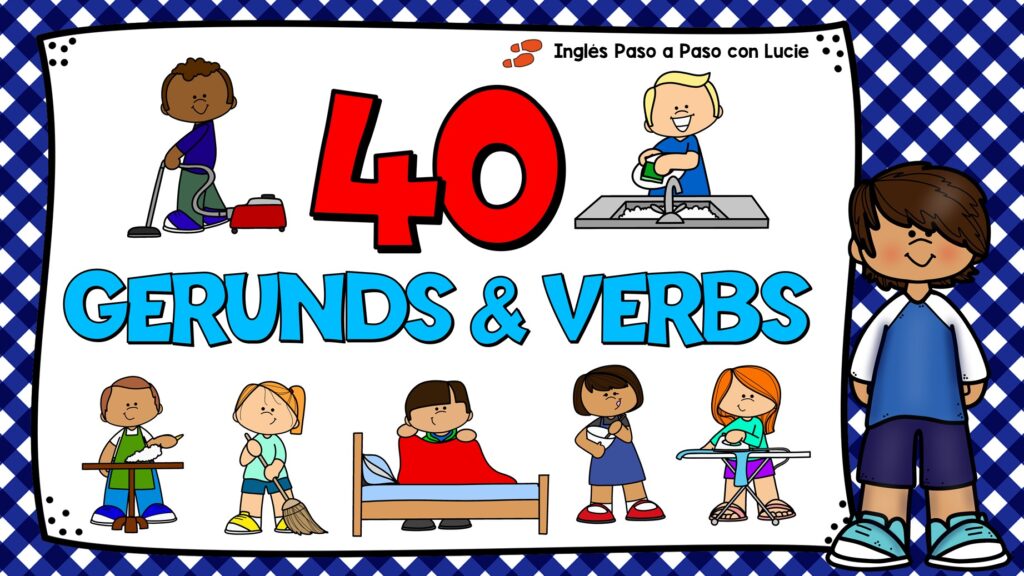PRINCIPIANTES
PASO 42: PREGUNTAS CON ‘WHAT ARE YOU DOING?’
Con esta lección vamos a practicar preguntas usando el Presente Continuo en inglés. En base a la pregunta, debes elegir la opción correcta para completar la respuesta. Luego, repites las oraciones para practicar tu pronunciación.
Haz clic en la imagen para ver el video:
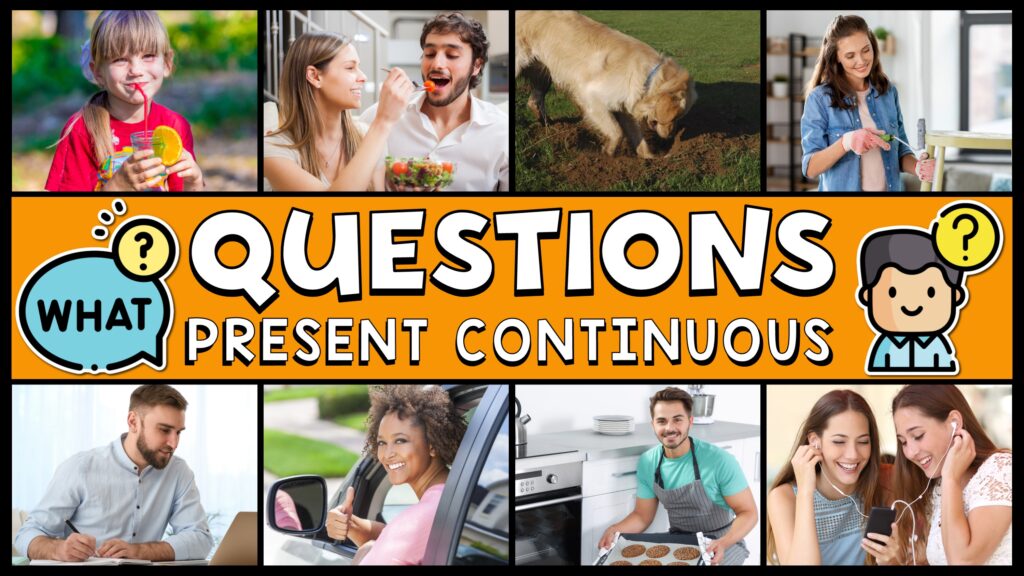
GUÍA DE ESTUDIO
Archivo PDF:
Archivo de Google Slides:
Haz clic AQUÍ para hacer una copia del archivo de Google Slides con la guía de estudio.
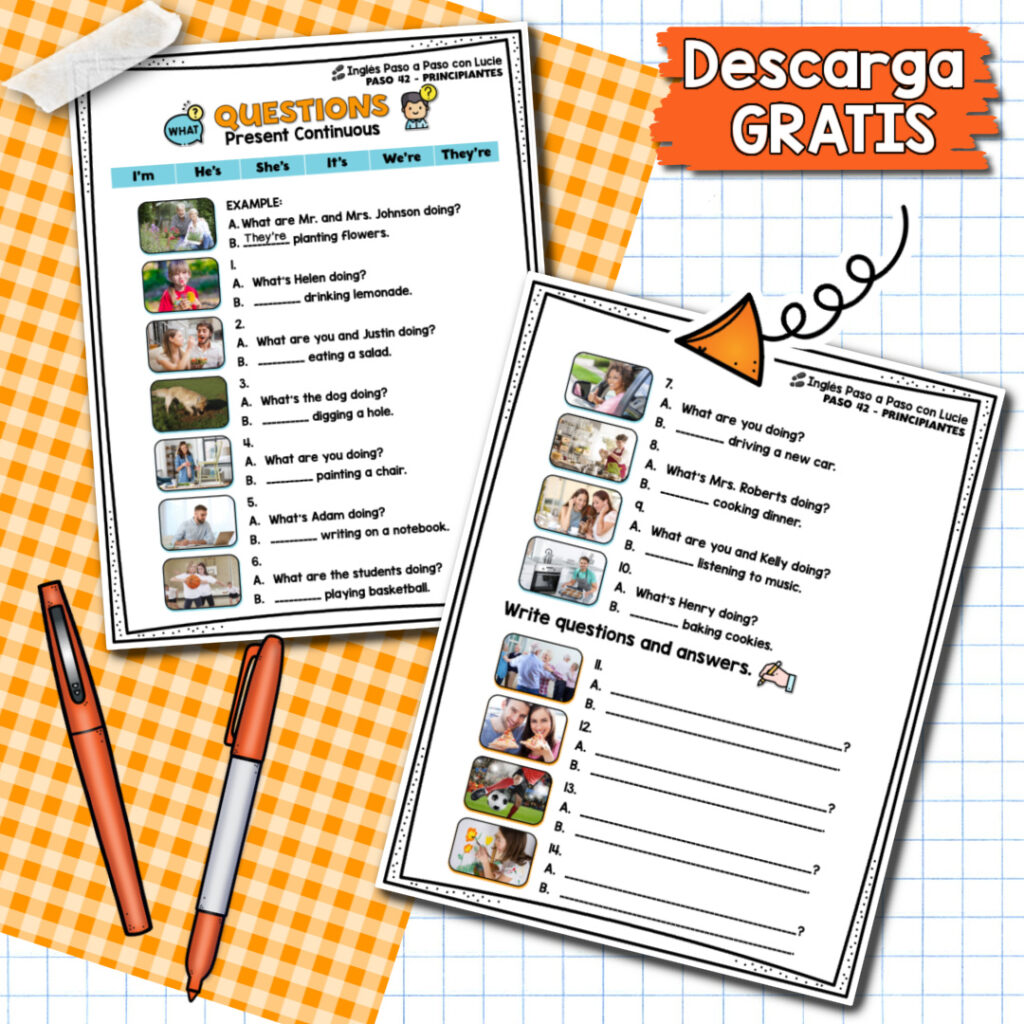
CÓMO DESCARGAR LAS GUÍAS DE ESTUDIO
Aquí te muestro cómo puedes descargar las guías de estudio en caso tengas algún inconveniente:
¿POR DÓNDE EMPEZAR?
Hice un video mostrándote cómo están organizadas las lecciones para que sepas por dónde empezar:
CURSO PARA PRINCIPIANTES
Usa esta lista de reproducción para estudiar en orden las lecciones del curso para principiantes:
